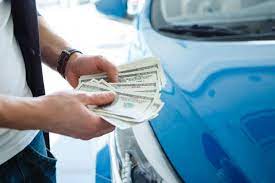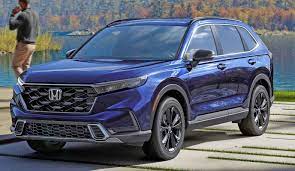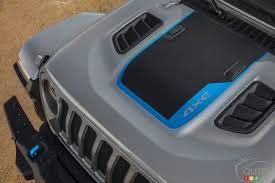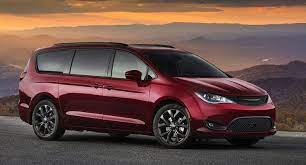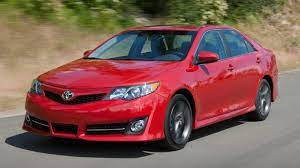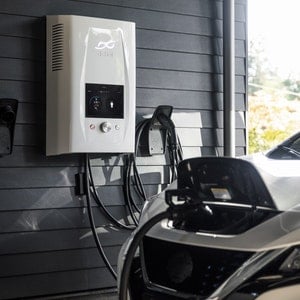
How much should i spend on my first car; finding the right car for you can be an exciting experience. It’s also important to make sure that the car you buy is affordable, so that it doesn’t become a burden on your budget. Buyers must consider many factors when making this important purchase.
Start by finding out how much you can afford
Before you start shopping for a car, it’s important to know how much money you can afford to spend. First of all, determine what your budget should be by looking at your income. Consider how much money you make per month and how much that is in total once taxes are taken out. Then look at what kind of payment makes sense for the type of car you want and decide on an amount that is affordable for you based on this number alone. You may also want to take into account any additional costs such as fuel costs or maintenance fees so that when it comes time to buy a new vehicle, all of these factors play into whether or not the vehicle fits within your financial parameters.
If buying a car outright seems impossible due to low income levels or other reasons (such as not having enough credit), consider getting an auto loan instead, this way there will be no surprise expenses later down the road from unexpected repairs!
Find the right car for you
Before you go car shopping, think about what kind of car would be best for you. There are a few things to consider:
- Size. Will this be your first car, or do you want something that can hold several passengers? A small sedan is ideal for one person, but if you’re hoping to provide rides for friends and family, look at larger vehicles like SUVs and minivans.
- Safety features. Dole out the extra cash for airbags and anti-lock brakes (ABS). These will help keep everyone safe in the event of an accident, and they could save thousands in insurance costs down the line!
- Fuel efficiency. If money is tight or gas prices are high where you live, look into hybrid or electric cars that use less fuel than traditional models. Just remember that electric cars may only have limited range per charge so make sure there are enough charging stations near where you’ll be driving most often before choosing this option!
- History report: A report on previous accidents or major repairs should tell whether a vehicle has been well cared for over its lifetime–or whether it might need expensive repairs down the road due to neglectful maintenance practices by previous owners who drove it less than 10000 miles/year (100000 km/year) during its lifetime!
What to look for in a used car
Before you take a car out for a test drive, it’s important to inspect the vehicle and make sure it’s in good condition. Here are some things to look at:
- Rust: Check all four corners of the car for rust on both outer panels and inner fenders, as well as around door frames, fender aprons, wheel arches and floor pans. If there is visible rust or corrosion on any of these parts of your potential purchase vehicle (sometimes called “rust holes”), you should walk away from that deal and keep looking for something else because it will cost you thousands down the road when it comes time for repairs or replacement parts. A good rule of thumb is that if you can see more than 50% of any given part through surface rust/corrosion then there may be issues underneath which will require expensive repairs down the road unless they are addressed sooner rather than later by having them repaired now while they’re still relatively inexpensive.
- Accident Damage: Look over every inch of your potential purchase car carefully to see if there are signs pointing toward possible accident damage such as mismatched paint colors where panels were repainted after being replaced due to collision damage; misaligned body components (doors don’t line up properly); cracked windshields; missing lights or mirrors; bulges in metal caused by improper repairs made after an accident such as using duct tape instead of screws when reassembling broken pieces together again); dents from side impacts where energy was transferred into other areas causing them to bend inward rather than outward like normal dents caused by hitting something head-on during an accident would do).
Get a pre-purchase inspection
It’s a good idea to get a pre-purchase inspection before you actually buy the car. A professional mechanic will check for leaks, rust and other problems that can be hard to spot on your own, and give you their opinion of how much the car is worth.
Don’t forget: if you’re buying from a dealer and they say they don’t have any problem with you taking it in for an inspection, tell them no thanks! They might be trying to hide something. Make sure all your bases are covered when looking at cars.
Consider your insurance costs
There are several factors that go into determining the cost of car insurance, such as your age, the type and value of your car, and your driving record. If you have a clean driving record but are insuring a sports car at a young age, expect to pay more for insurance than someone who is older and insuring an economy vehicle.
It’s also possible that some companies will offer lower rates than others for certain types of vehicles; for example, if you’re insuring a new luxury sedan or SUV with Allstate, you may end up paying less per month than if you were to insure it through another company. On the other hand, there could be some companies that don’t offer competitive rates on certain makes or models at all, especially if they’ve had trouble with claims in the past due to accidents involving those cars.
The cost of keeping a car on the road
It’s important to know that the cost of keeping a car on the road varies depending on what kind of car you are buying. The maintenance costs for an economy car will be less than those for a luxury vehicle, but no matter what type of car you purchase, there are still some core expenses that every new driver should expect.
Most importantly, be prepared to spend money on regular oil changes and tire rotations. When it comes time to upgrade your tires or trade them in, you could end up spending more than their value, and they wear down fast! In addition to these necessities, there are also other potential costs associated with owning a vehicle: repairs and replacements like window tinting; registration fees; insurance premiums (which will increase as you get older); gas; parking fees at work or school if applicable; parking meters when shopping downtown … The list goes on!
While there’s no way around these basic costs if you want to drive around town without getting stranded somewhere far from home without wheels (or money), there are ways to reduce them by doing some maintenance yourself instead of hiring someone else who’ll charge twice as much just because they know how make cars run smoothly again after years under heavy wear-and-tear conditions such as frequent driving long distances every day.”
Balancing your budget
You should also be mindful of your budget. How much you can afford to spend on a car will depend on how much money you have, what your budget is and what other expenses you have. If you have a lot of debt, don’t use all your savings to buy a car. You’ll still need money for rent or mortgage payments and food, among other things.
Decide how much it’s worth making sacrifices in other areas of your life so that you can get a good deal on a car that meets all of your needs and wants.
It’s best to buy a used car that costs less than $5,000.
If you’re buying your first car, it’s best to spend less than $5,000 on a used car. The cost of car ownership can make or break your budget. It’s important to get a good deal when purchasing your first vehicle.
You should try to pay no more than five percent of your annual gross income on monthly payments for the life of the loan, including insurance and any other expenses associated with owning and operating a vehicle. When purchasing a new or used vehicle without cash reserves, consider financing at an interest rate that would be equivalent to five percent per year, the maximum recommended by financial experts, plus one percent minimum APR increase each year until paid off (unless otherwise stated).
Many consumers also like having cash as backup in case they need repairs unexpectedly or have an emergency situation come up where they need extra funds; this is especially true if you don’t have home equity lines available for emergencies like these! Your monthly payment should be no more than 10 percent of your take-home pay (that is after taxes), but ideally closer towards 5 percent if possible.
Conclusion
Buying your first car is a big milestone; you’re on your way to independence! But if you want to get off on the right foot, it’s important not just to buy a car that suits your budget but also one that won’t cost too much money in upkeep. Think about how often you’ll need repairs or regular maintenance before committing to a purchase decision. If there are any areas of concern when it comes to the vehicle’s history or condition, don’t skip out on getting an inspection done by a mechanic. In addition, consider buying used over new because they’re generally cheaper and can have fewer issues than newer models since they haven’t been driven as long as those which were built more recently.

